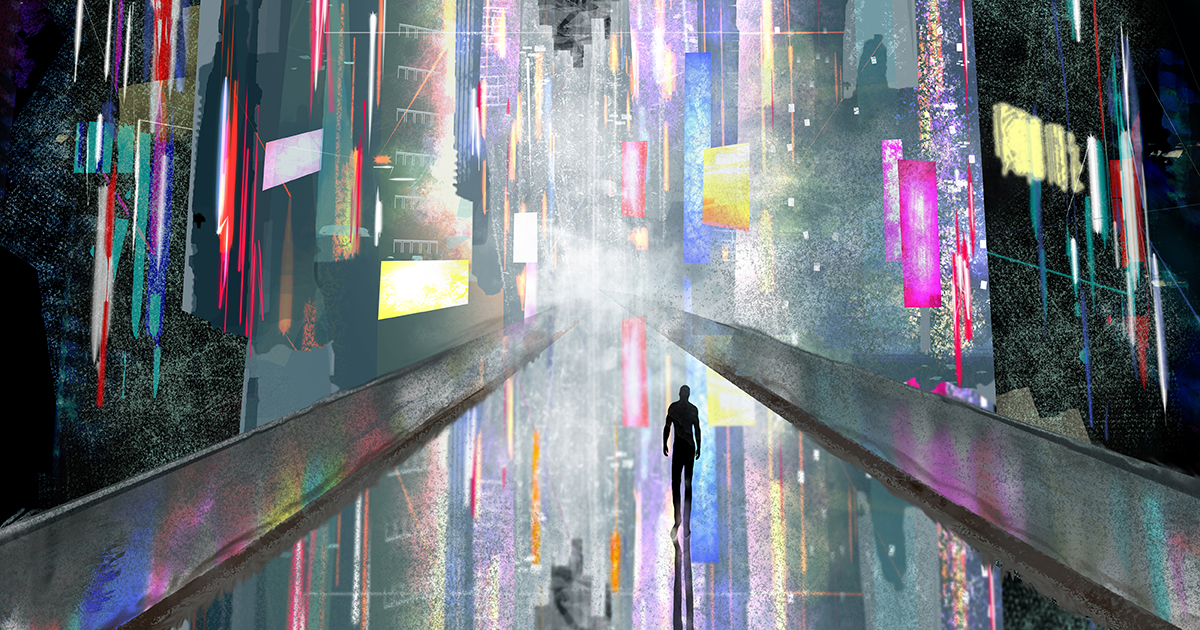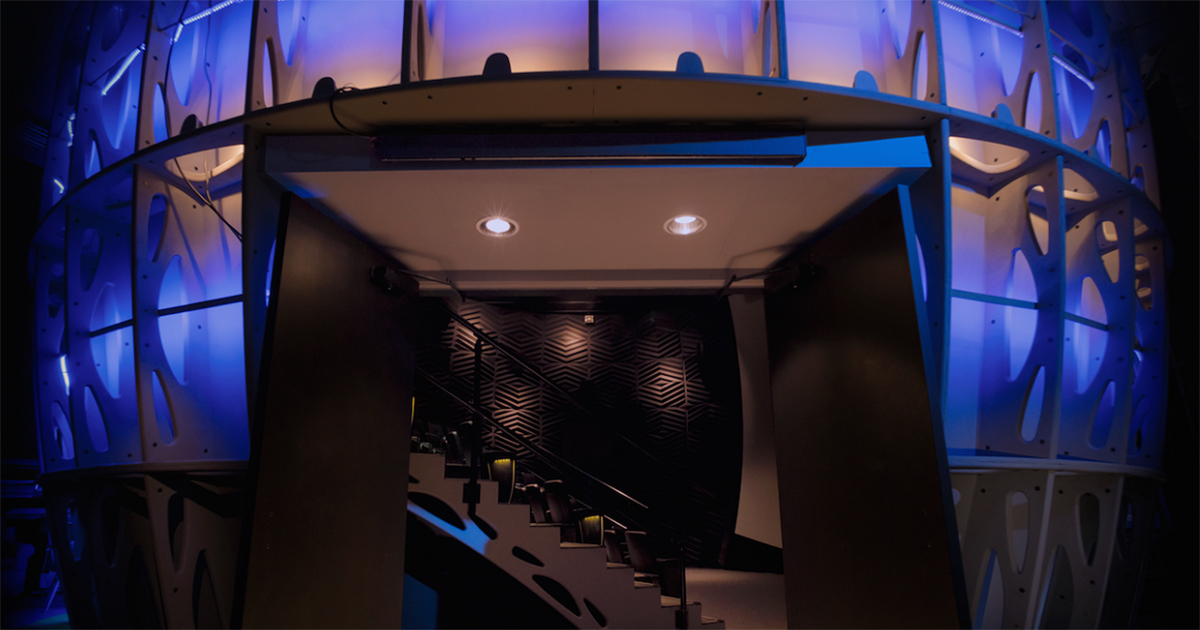
Like the Holy Grail, the quest for immersion is the often the producer’s and creative media technologist’s end game. Achieve peak immersivity and audiences will flock to an experience that in some way goes beyond the two-dimensional rectangle of the screen.
Immersion means deeper viewer involvement in the content — the game, the story (the video service, the advertising, the sponsors) and it’s usually held to mean a presentational upgrade.
Greater resolution is front and center of the immersive experience but it’s not just about pixels. All the UHD attributes come into play: dynamic range, frame rate, color gamut, bit depth and enhanced audio.
Movie theaters have been locked in a battle with TV and home cinema for decades offering technology responses to greater visual spectacle and sensory overload. Examples range from widescreen VistaVision to 3D and haptic seating.
“Greater resolution is front and center of the immersive experience but it’s not just about pixels. All the UHD attributes come into play: dynamic range, frame rate, color gamut, bit depth and enhanced audio.”
In live sports, the goal is to immerse the fan in the game, to get them closer to an experience of being there at the stadium with the best seat in the house. Experiments here include virtual reality and the ability to interact with the live stream by selecting camera angles.
Computer gaming takes this further by presenting players with first-person perspectives and the tools to participate in the action.
YouTube presents alternatives in the form of a single shot fly through of a Minnesota bowling alley captured on racing drone that went viral and the trend for atmospheric music videos designed to more deeply connect a viewer or listener with a place or time.
Developments in R&D but with a view to creating greater involvement between the viewer and the content include location-based virtual experiences such as The Illuminarium — which just opened in Atlanta — socially connected online virtual experiences afforded by the Metaverse, and — in the long run — video holography.
The term is broad and like the Arthurian knights of yore, the quest for the ultimate in experiential entertainment will likely always remain out of touch.





Discussion
Responses (2)